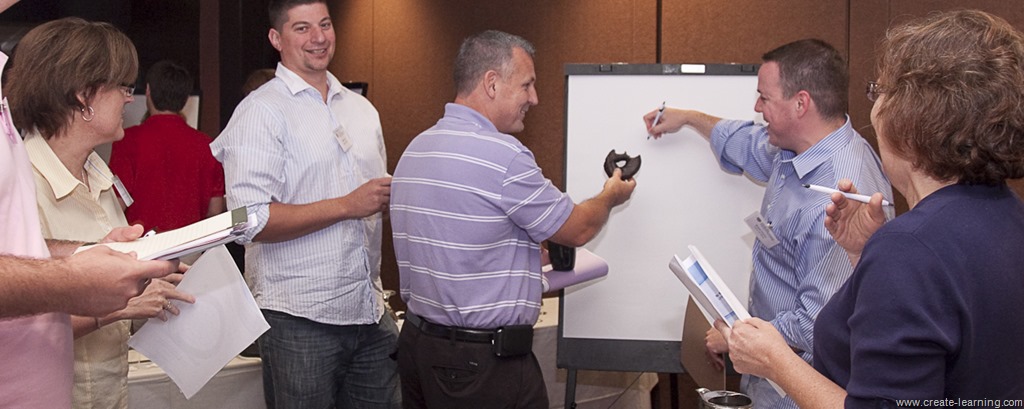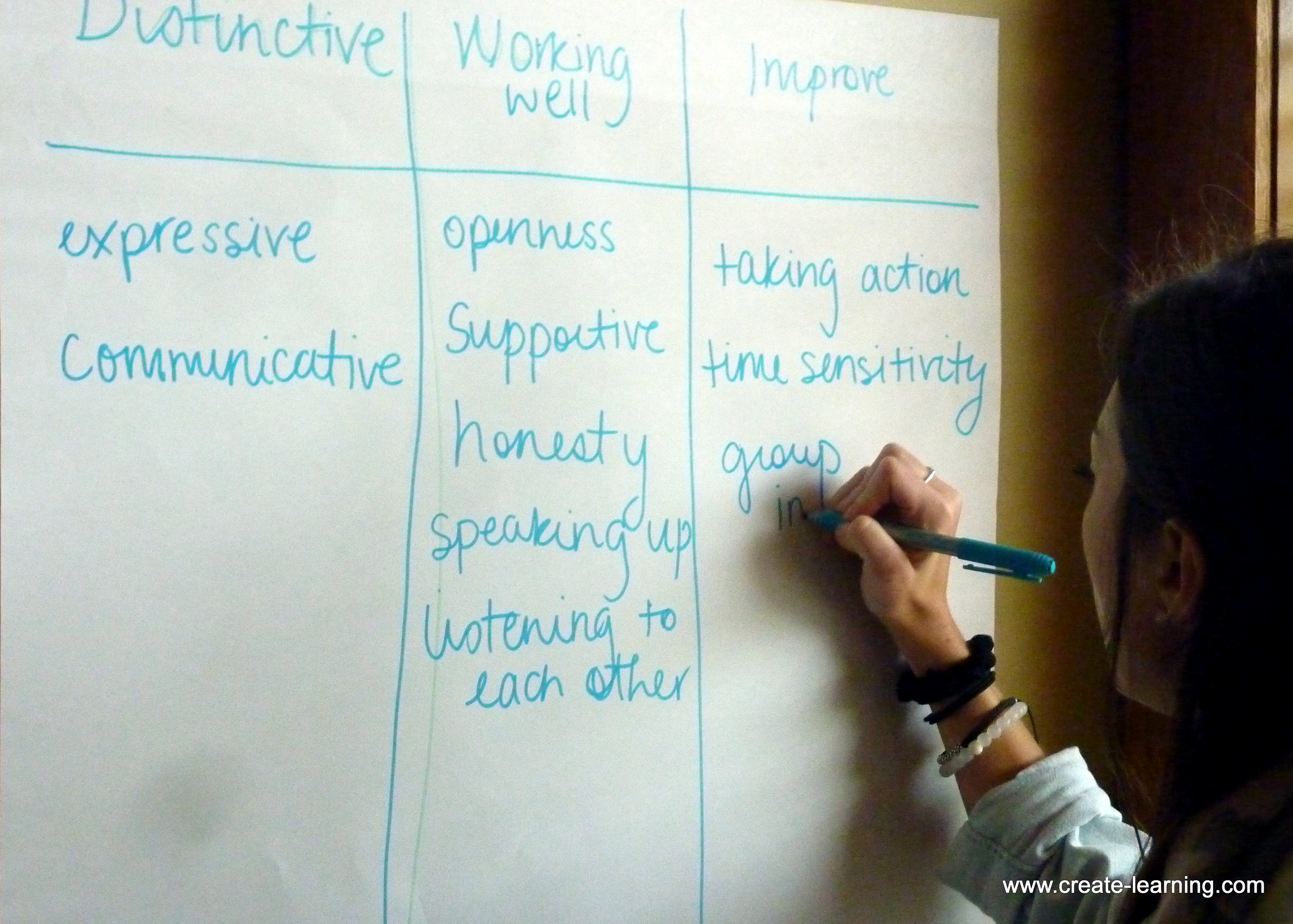
In 6 Conflict Areas Between Teams, I shared the importance of ‘interface goals’ and having a process for the team to:
- Understand and know the team and personal boundaries
- Understand and know the goals they share and goals that are different
- Identify what is working to increase collective efforts
- Identify what is not working to decrease tension and regress
How do you get 2 teams that depend on each other for success to work through a challenge?
The goal of team building is to develop a method that will reduce the dysfunctional interaction and allow future problems to be ameliorated before a team breakdown occurs.
Before any team-building activity, the manager;
- should explain why this is important,
- who will be a part of this process,
- what we are doing,
- the expected outcomes,
- how progress will be evaluated,
- and what ‘good enough’ looks like so the team can continue to complete its required work.
Members of both teams need to agree to participate.

Team Building Design: Accountable for, Authority Needed, Others Help, Other Hurt. Team Discussion and Reverse Fishbowl
Preparation
Before this team-building process, the team leaders or manager send the ‘Accountable for, Authority needed‘ document to all the team members with the following request.
We are meeting with team x on XYZ date to enhance our interdepartmental teamwork to improve our achievement of shared goals. Attached is a field task for you to complete individually. Please complete the field task and bring 6 copies to share at our team meeting.
The team leaders or manager also meet and document responses to the following:
- What is the shared goal of these teams?
- How do we know that what is happening requires intervention?
- Have we made the teams aware of our concerns?
- On a scale of 1 – 10, with 10 being absolute and 1 being the opposite, how sure are we that is is worth the time and effort to improve? What evidence do we have to support our response?
- How will know notice or what will be the smallest clue of progress?
- What steps will we take to increase what is working after this meeting?
- What steps will we take to decrease what is not working after this meeting?
Team Building Process
Team Discussion
- Overview of the process, what makes this important, and how this will be followed up and continued.
- Team ground rules were created. One important ground rule is for people to be thoughtful that we are here today to work out a solution, not to accuse or blame.
Team members get with their team and discuss their ‘Accountable for, Authority needed, Others hurt, Other help’ document.
Plus, a team member from the other team is asked to sit with a team that is not theirs. This person will be a recorder/ listener. Their role is to:
- Be quiet and respectful
- Listen to the other team’s responses
- Take note of similar areas of success, challenges, concerns, and improvements
- Take note of points that make this person, as a member of the other team, uncomfortable
- Take note of points of agreement they found with this team
- Take note of ‘hot topic’ and energetic conversations
- Take note of any opportunities to make progress on inter-team problem-solving
The recorder/ listener will report what was noted.
Reverse Fishbowl
Following the team discussions, the teams sit together in a large circle.
The recorder/ listener (the person who sat and took notes from the team that was not theirs) is asked to sit inside the circle. The team members on the outside circle are invited to be quiet while a conversation happens and to take note of the following:
- What the recorder/ listener noticed that they feel was accurate
- What the recorder/ listener noticed that they feel needs some clarification
- What the recorder/ listener noticed that can point to a clue for team progress
The team listens to the recorder/ listeners sit together and discuss their notes.
Team whole team is now asked to share some points of interest.
Mixed teams create a short-term action plan
The team is mixed evenly, composed of team members from both teams. They are asked to:
- Discuss what they found helpful about the team-building process
- Identify 3 to 5 areas of collaboration that they have noticed throughout the team’s shared work
- Determine how they can continue to work together and improve their team process
- Document progress steps using the ‘Action Planning for Short Term Visual Goal‘ document
Team commitment and follow-up
Teams return to share their commitment, and the manager or team leaders agree to follow up.
Follow-up and Progress Clues
Follow-up is agreed to by the teams, team leaders, and managers. The short-term action plans are reviewed, and the team checks. to see the following:
- What is better? How can we increase what’s working better?
- How did we make what’s better happen?
- What is not working well? How can we decrease what’s not working?
- What will we know when the team is better?
The follow-up is meant to reinforce what’s working and catch what is not early enough to allow it to improve.
Without the follow-up, all the team building is a waste. Please follow up.

